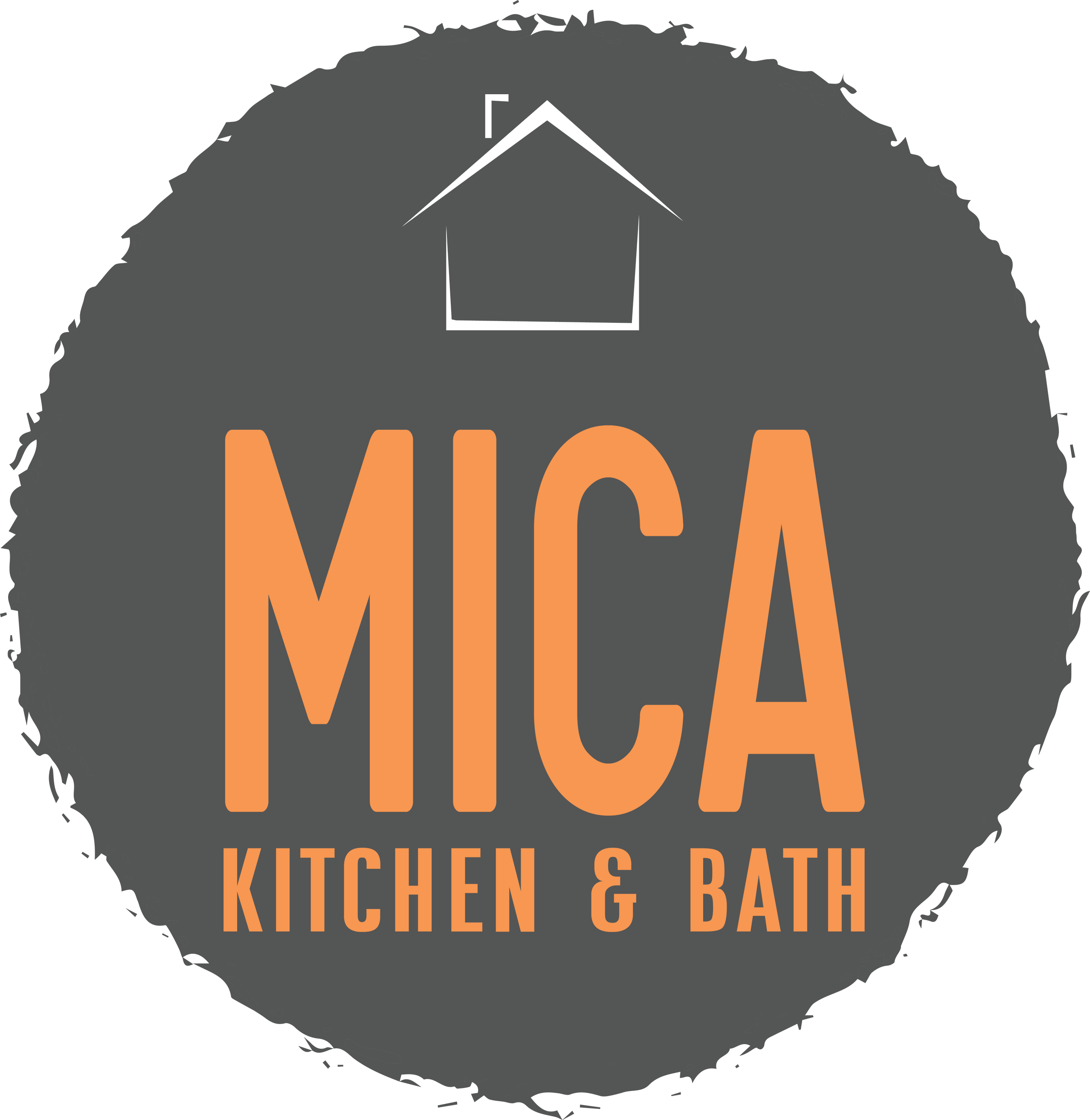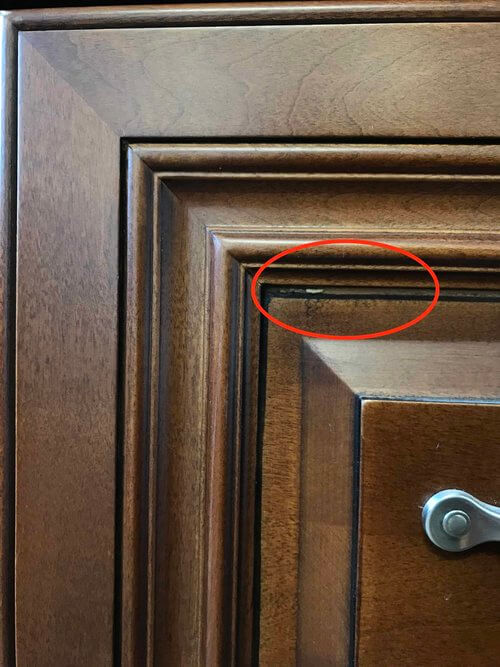Solid wood furniture requires maintenance. Please refer to the following guide to prevent damage and extend its life span.
Moisture Content (MC): Refers to the percentage of moisture existing within a piece of wood. All wood starts green, when a piece of lumber is cut down from the tree, depending on the species of the wood, typical MC within green wood ranges from 35% to over 150%. No matter how dry the wood appears to be, there will always be a certain amount of moisture. In solid wood furniture, the standard amount of moisture kept in the wood is around 8%, the reason behind this requirement will be explained below.
Relative Humidity (RH): Refers to the percentage of water vapour existing within an area at a specific temperature. In other words, the moisture content in the air. The ideal RH for healthy and comfortable indoors should be maintained between 40-50%.
Maintaining Balance: Since we know the ideal RH & MC level for indoors, the chart below can help us identify the optimum balance between them. However, if the RH within the room is affected by any means, the balance between RH and MC is lost which could potentially lead to an issue called Wood Movement.




